Since the dawn of architecture, all designers have faced the same common enemy: the passage of time.
Time is unforgiving, especially in the world of construction. The styles that were once in fashion are constantly being replaced by new proposals, which will soon suffer the same fate.
In ancient times, this process took decades and even centuries to occur, but as time passes by it has accelerated more and more, and in each era designers have had to find different solutions to adapt to change.
For example, if you have walked trough the historic downtown of a colonial city, you will surely notice that in multi-story buildings the decoration is different in each level. This is because each level was built at a different time, and using the new trends and styles was a way to keep up with the times.
Naturally, this strategy is not very convenient for us in the 21st century, since new ideas and proposals are constantly emerging, to the extent that many interior design enthusiasts prefer not to embark on overly ambitious projects for fear that their creation will go out of fashion before they can recover their investment.
If you have been through something similar, do not worry, you are not the only one. Today we will dedicate this space to talk about a highly effective strategy to ensure that your decoration will remain in style for many, many years to come. We are talking about transitional design.
Transitional design: the ideal midpoint for decoration
When undertaking an interior design project, it is very common to be faced with a dilemma: to use an original and daring style, or to bet on something more conservative, and many times, motivated by the fear of being outlandish, we decide on the latter.
However, this is a false dichotomy, as it is perfectly feasible to reconcile your impulse to innovate with the client’s need to stay within a comfort zone, and in the process, create a unique, unrepeatable style whose extended life gives added value to the investment.
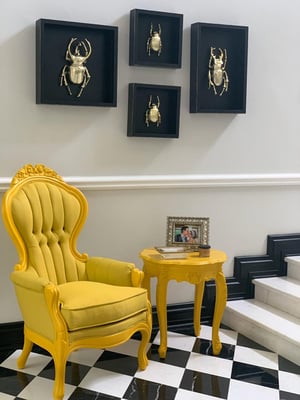 Creating styles that won’t go out of fashion
Creating styles that won’t go out of fashion
Unlike eclecticism, which takes ideas from styles that often coexist in the same period, a transitional style consists of making a juxtaposition of classical and contemporary elements.
In the transitional design, the cleanliness and sobriety of modernism can perfectly coexist with classical furniture, full of curves and details, and all kinds of materials have their place, which allows an enormous richness of textures and colors.
But beware, it is not a question of creating a “collage of styles”, but of handling with elegance and mastery elements that contrast and complement each other.
Materials, colors, textures, lights... everything counts
In order to achieve a space that is rich in visual and haptic stimuli, it is necessary to take advantage of all resources of interior design, taking care not to exaggerate with any particular one.
And by “interior design resources” we mean everything that makes a space comfortable, details that stimulate the senses in an integral way. One way to achieve this is to have catalogues and samples from suppliers close by or who can deliver to your area. In this way, it will not be difficult to materialize your designs.
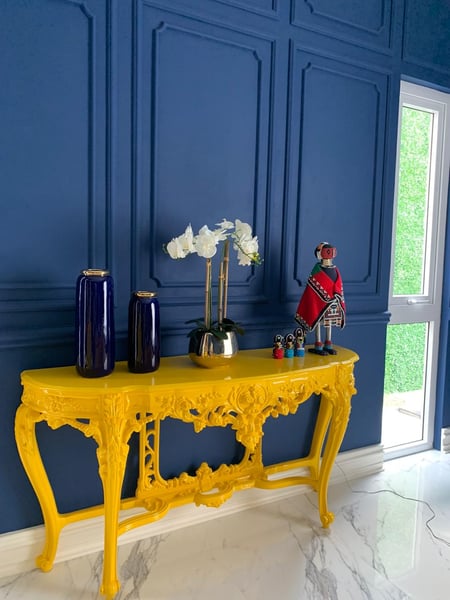
The importance of furniture
One of the greatest advantages of transitional design is that in almost all cases the finishes and details on walls, floors and ceilings are minimal, and the furniture is responsible for providing those flashes of color and intricate shapes.
As you can imagine, not just any piece of furniture can do the job of taking the center stage of a space. You don't have to break your head, because other designers -like Marcel Wanders- have already discovered the perfect furniture for this challenge: the classics.
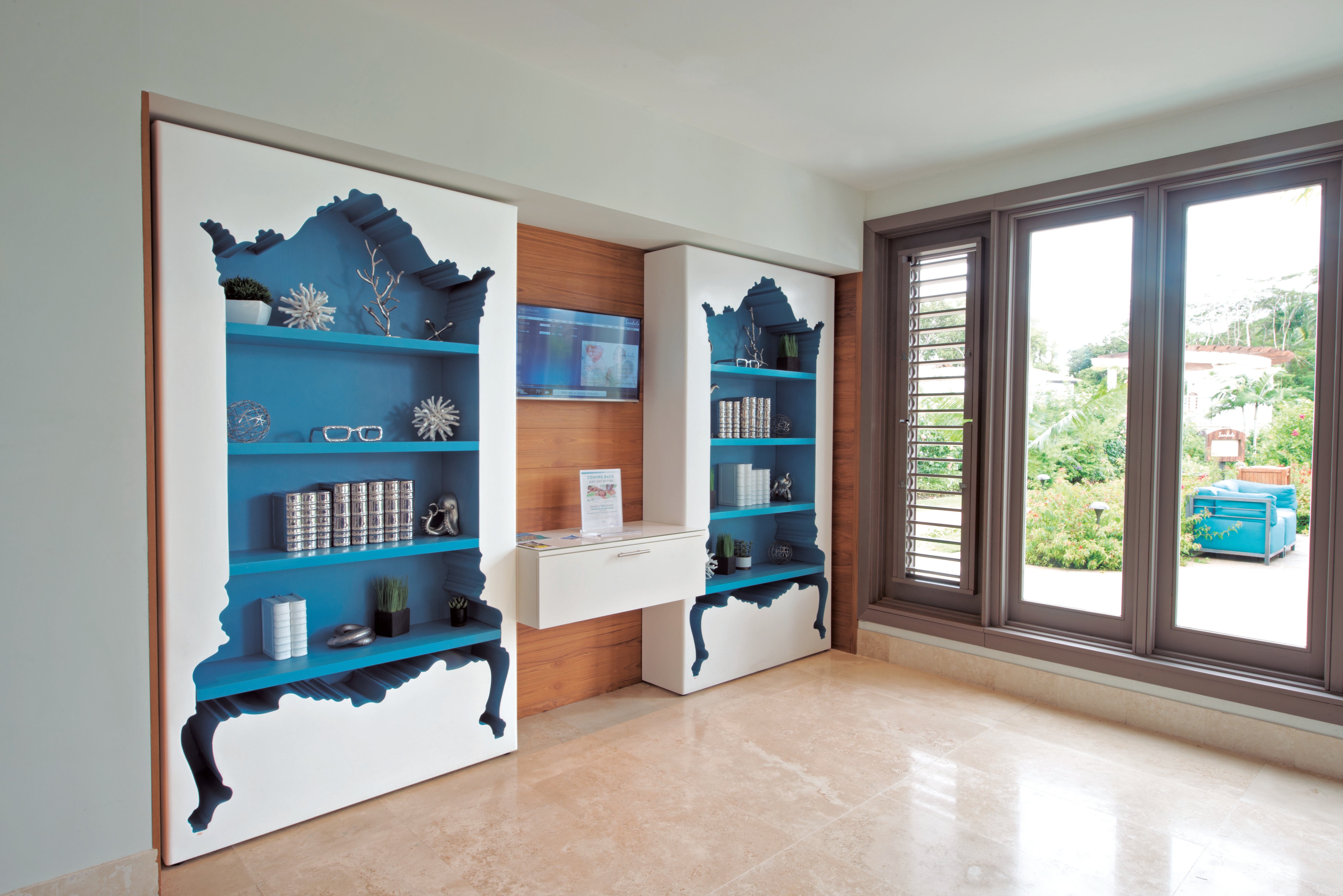
The fact is that the furniture produced between the 16th and 19th centuries has a charm that transcends the barrier of time. Their elegance and presence immediately enriches any space.
We mention classical furniture for practicality, but in reality we are encompassing various styles such as Baroque, Louis XV and Victorian.
Transitional design and the hospitality industry: a love story
Although transitional design can be used in all kinds of buildings, from residential to commercial and even in service buildings, it is worth noting that there is one industry that has proven to benefit the most from it: hospitality.
The hospitality industry is the set of businesses that not only provide food, entertainment and lodging services, but also provide experiences and stories that their customers can live and enjoy.
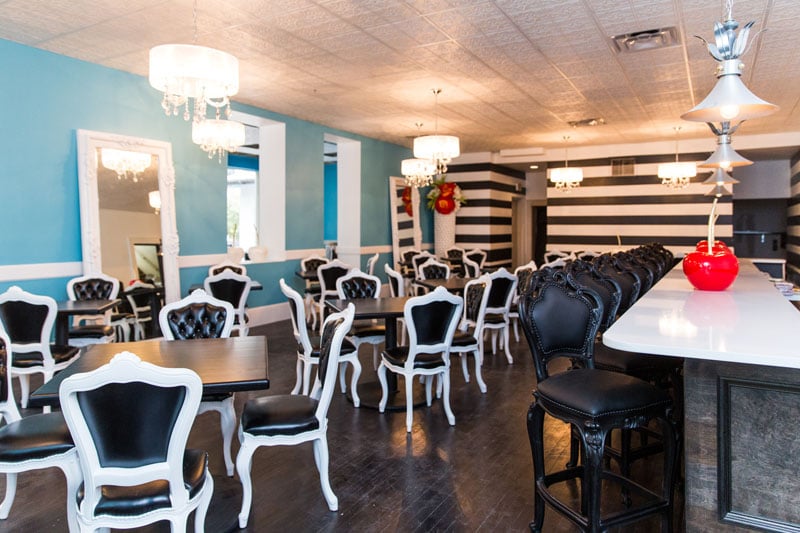
It is normal for entrepreneurs who drive this industry to want to go "safe", trying to give a neutral atmosphere to their business. However, this ends up being counterproductive, because the result is a design that is lost among the competition.
Tourists and clients who come to hotels and restaurants, seek to be delighted, to immerse themselves in a stimulating atmosphere that makes them escape from their daily lives, especially those who visit a country like Mexico, famous for its colorful and rich plastic heritage of the viceregal baroque and plateresque. For this reason, businesses that have chosen to go outside the conventional - but not completely - and have bet on transitional design integrating classic and modern elements, have not been long in seeing their decision rewarded.
Transitional decoration and you, the interior designer.
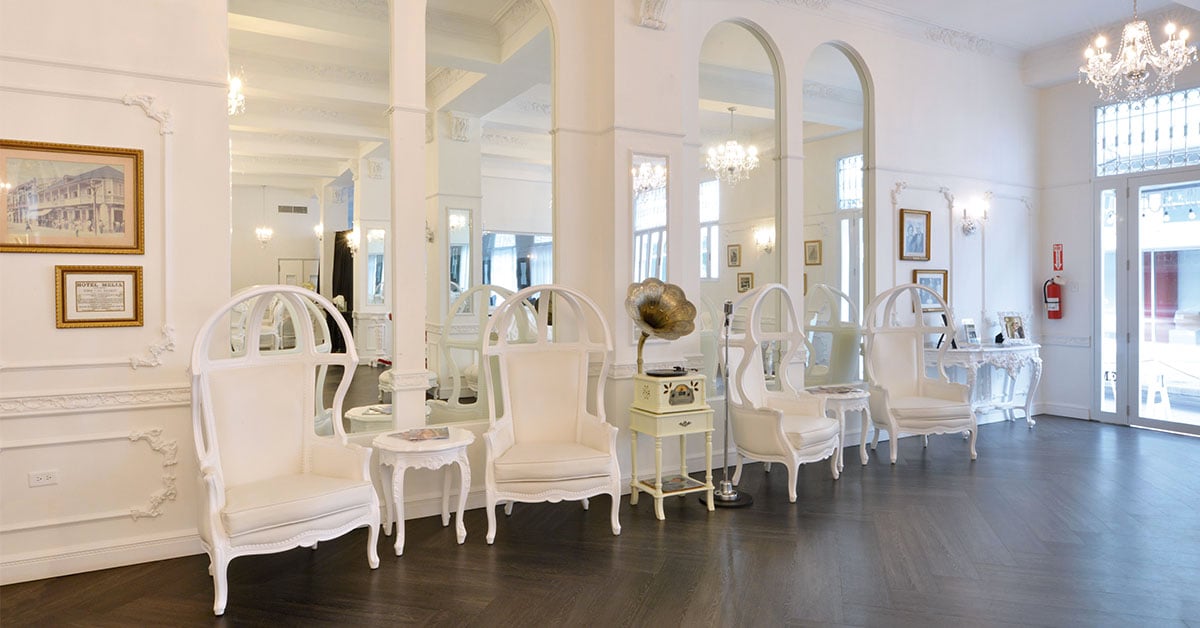
If you are fortunate enough to be involved in a hospitality project, consider transitional design as your best ally in order to create impressive and unforgettable spaces that will remain valid for a long time.
Do you need a strategy that allows you to present an ambitious decoration project? Take a look at this guide that we have prepared in which you will find everything you need to know about how to elaborate and present an interior design project that no client will be able to resist.
Download the guide: 7 key steps to present a high level interior design project: the experts' guide.

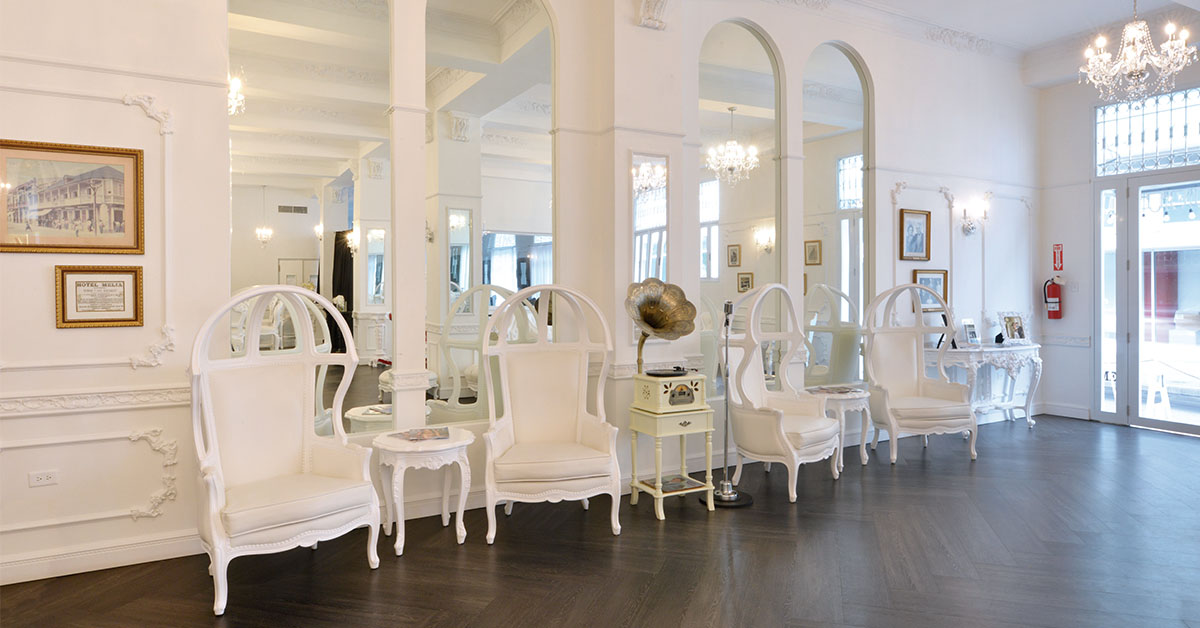


Leave Comment